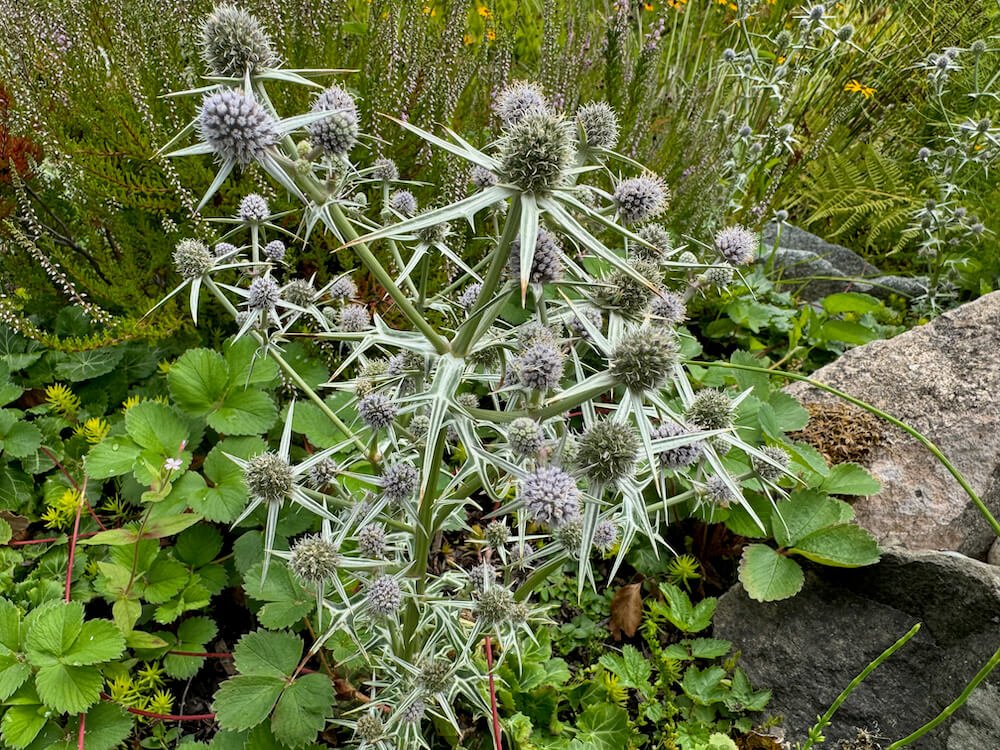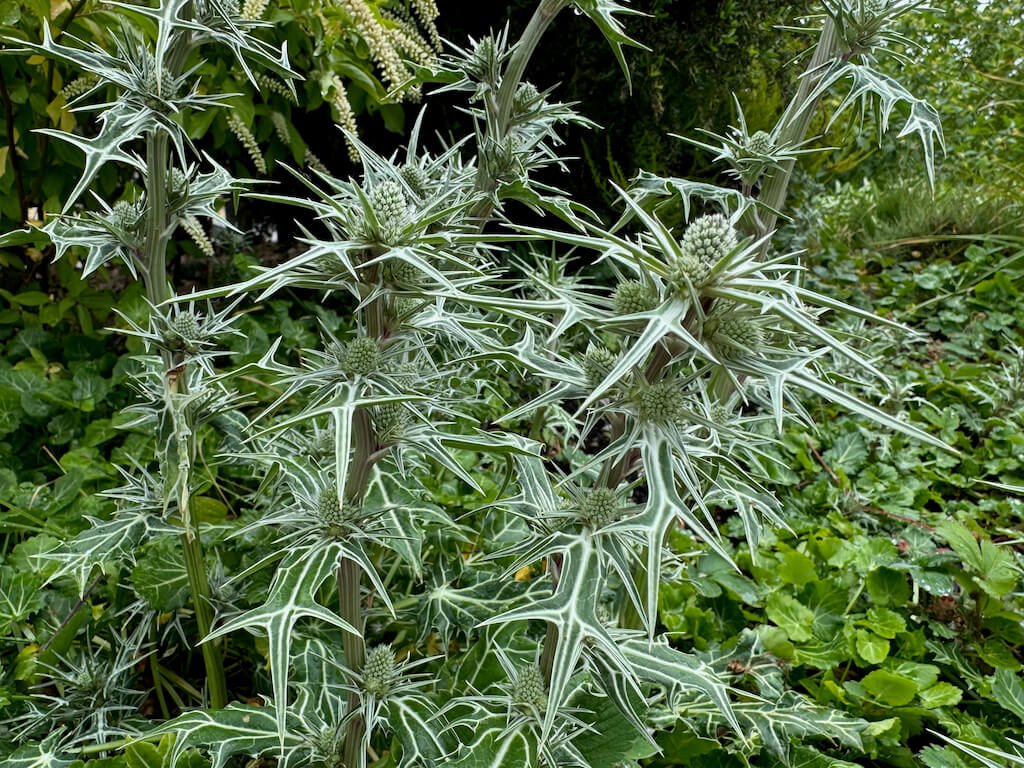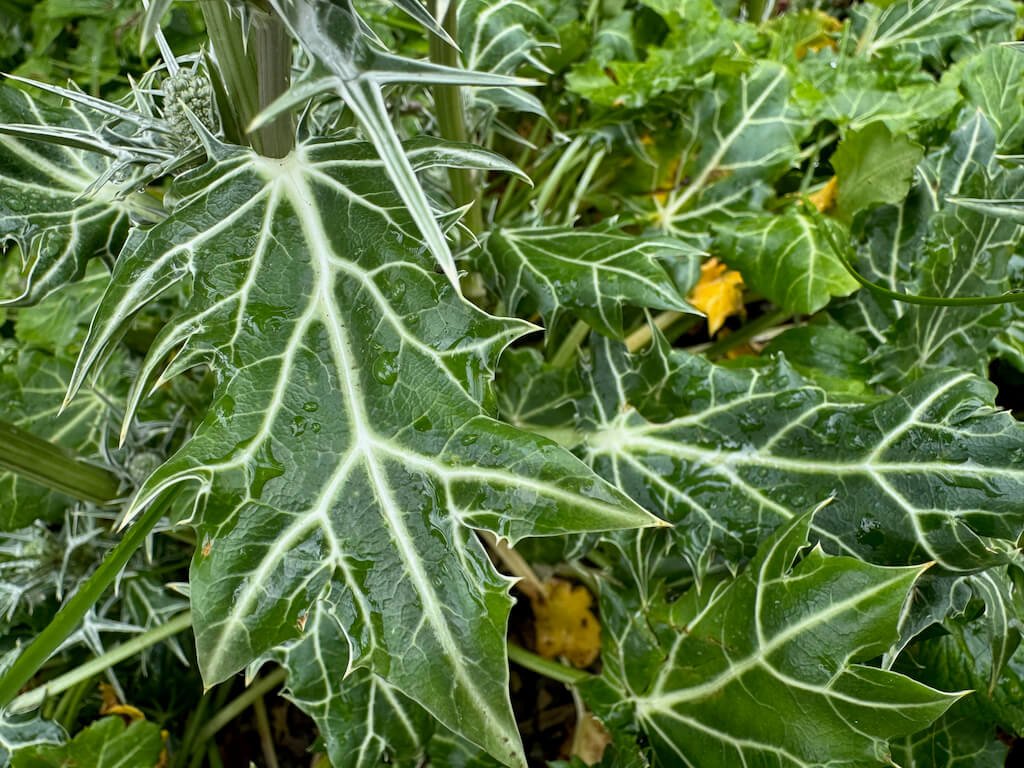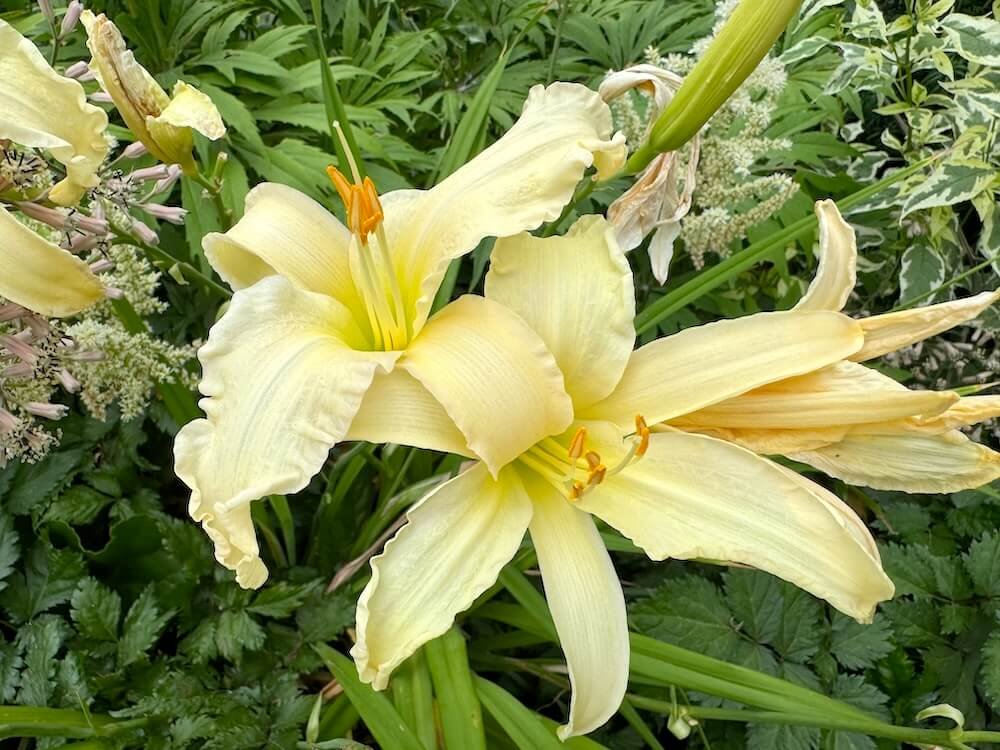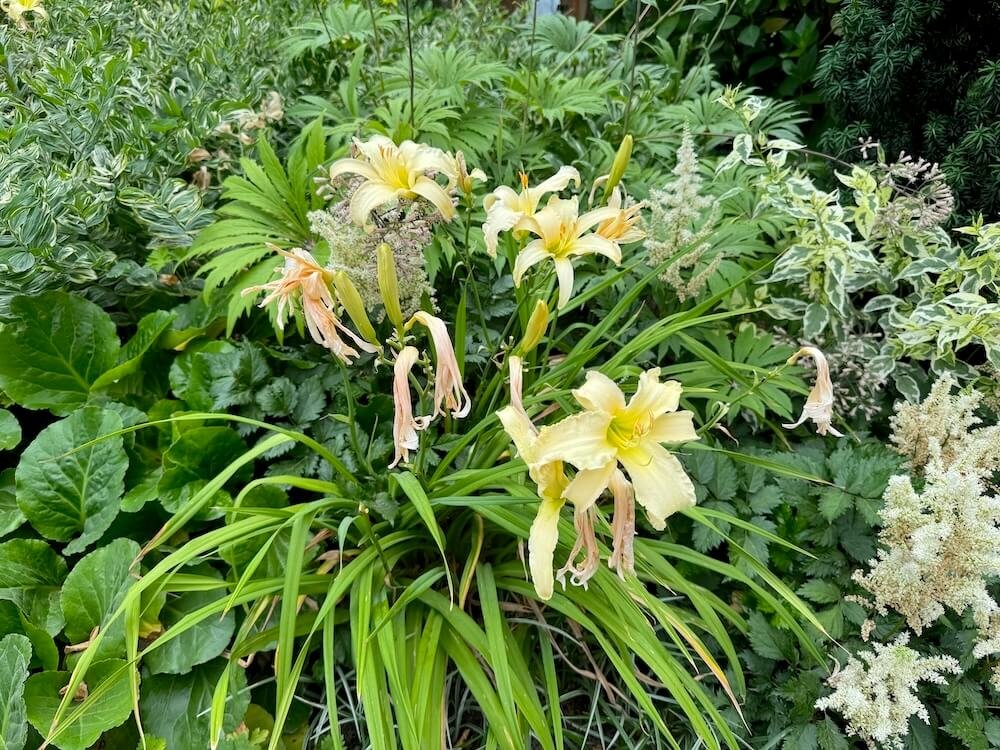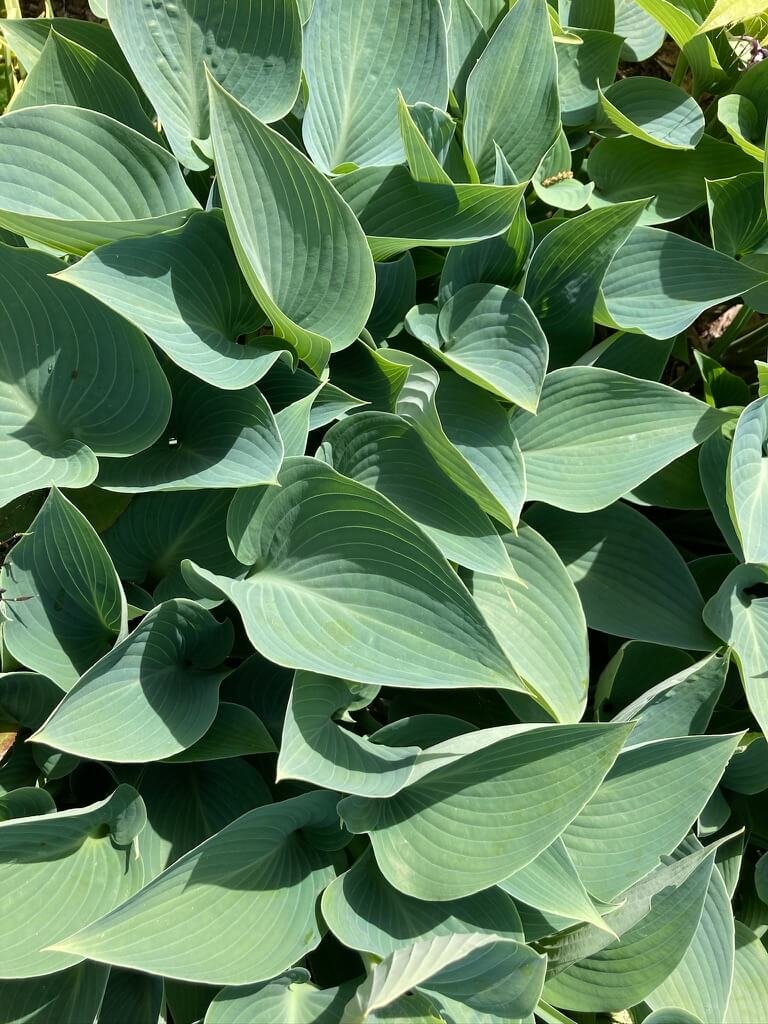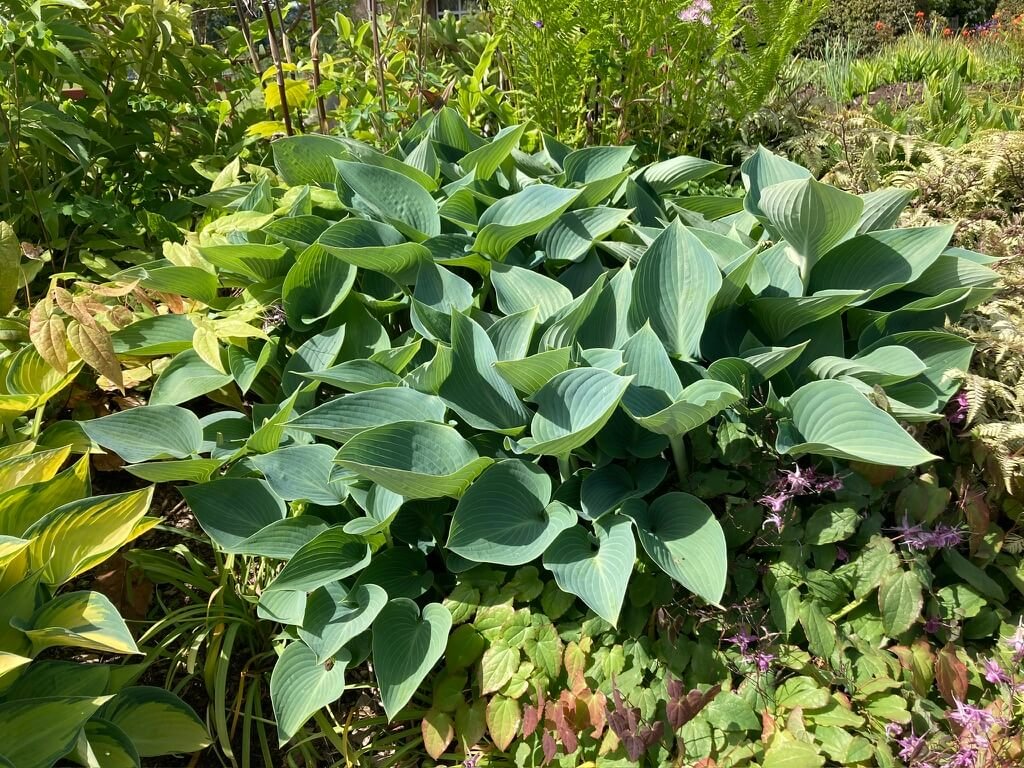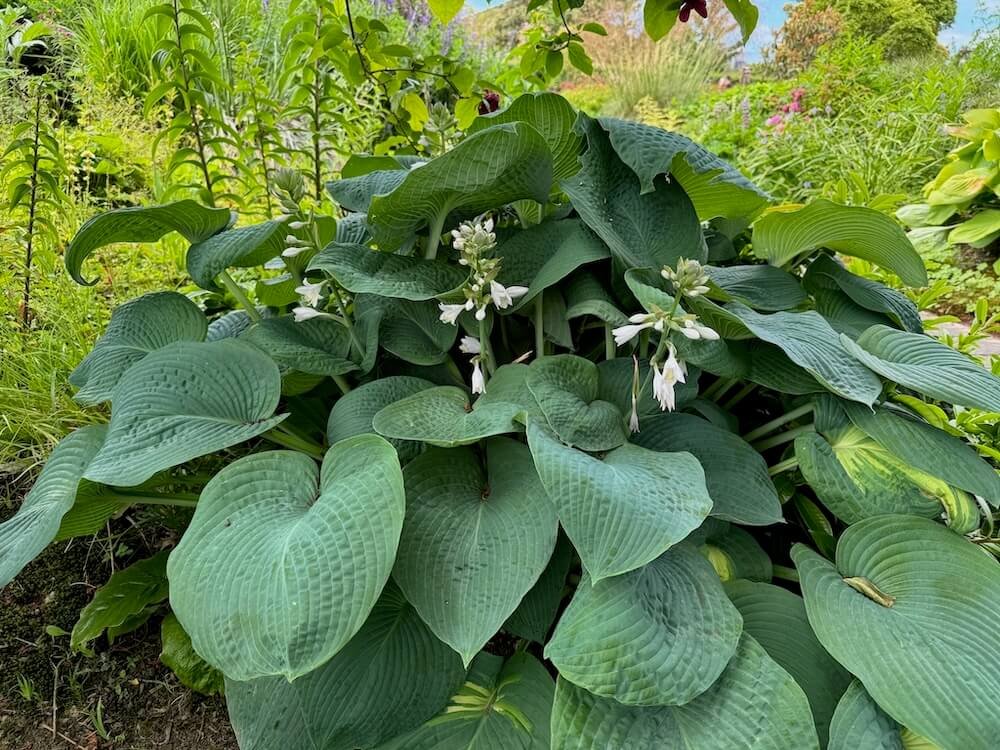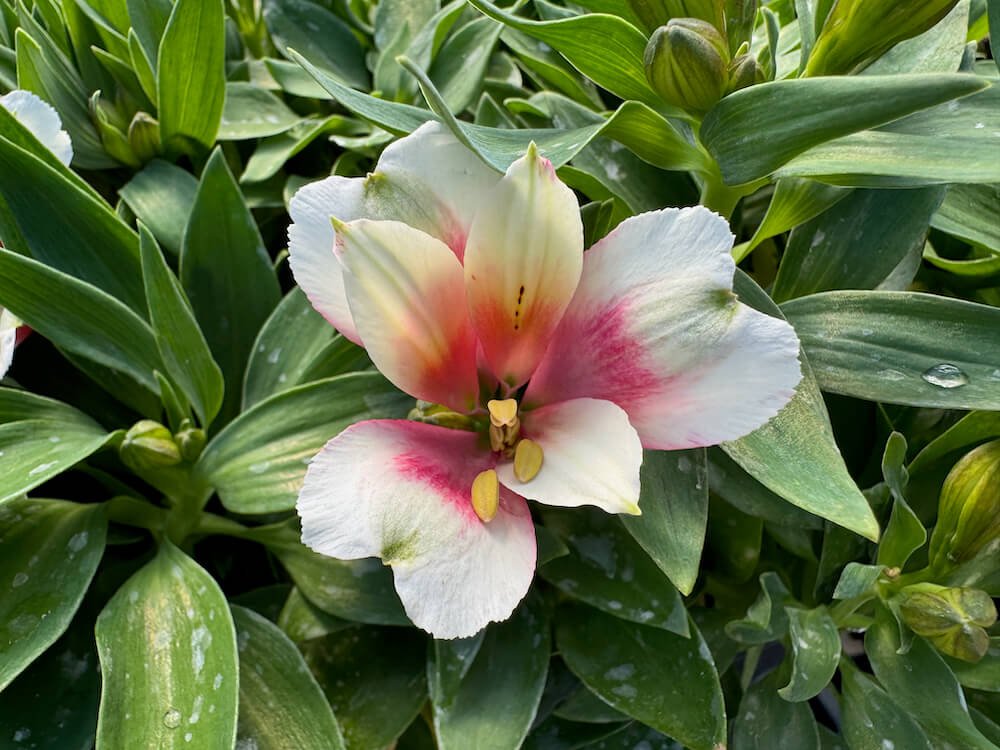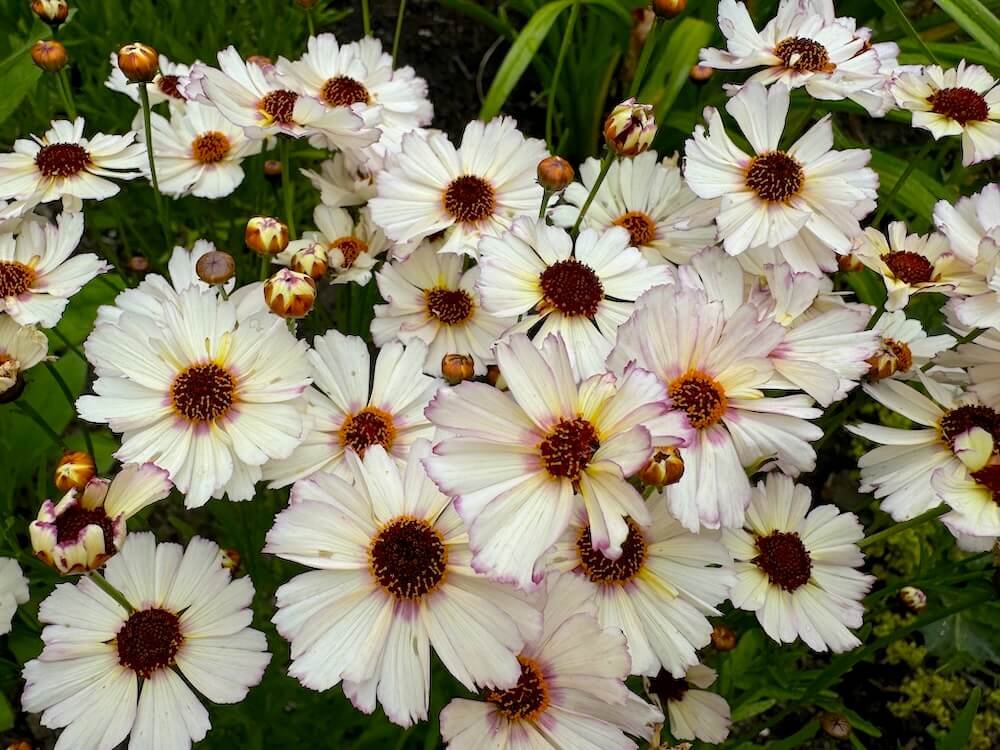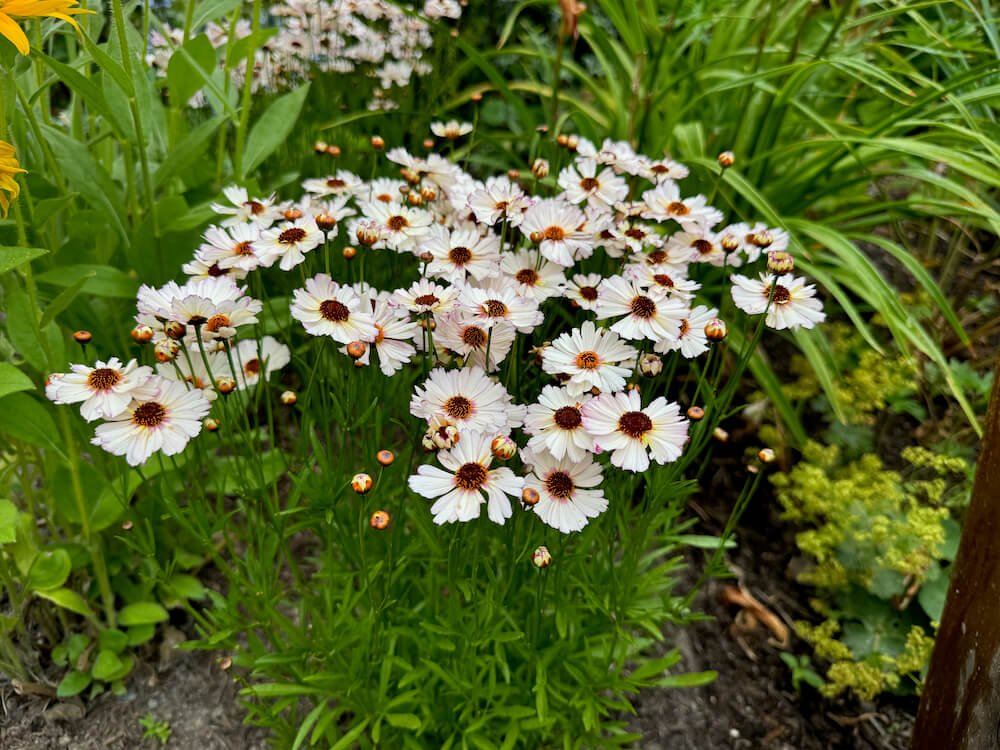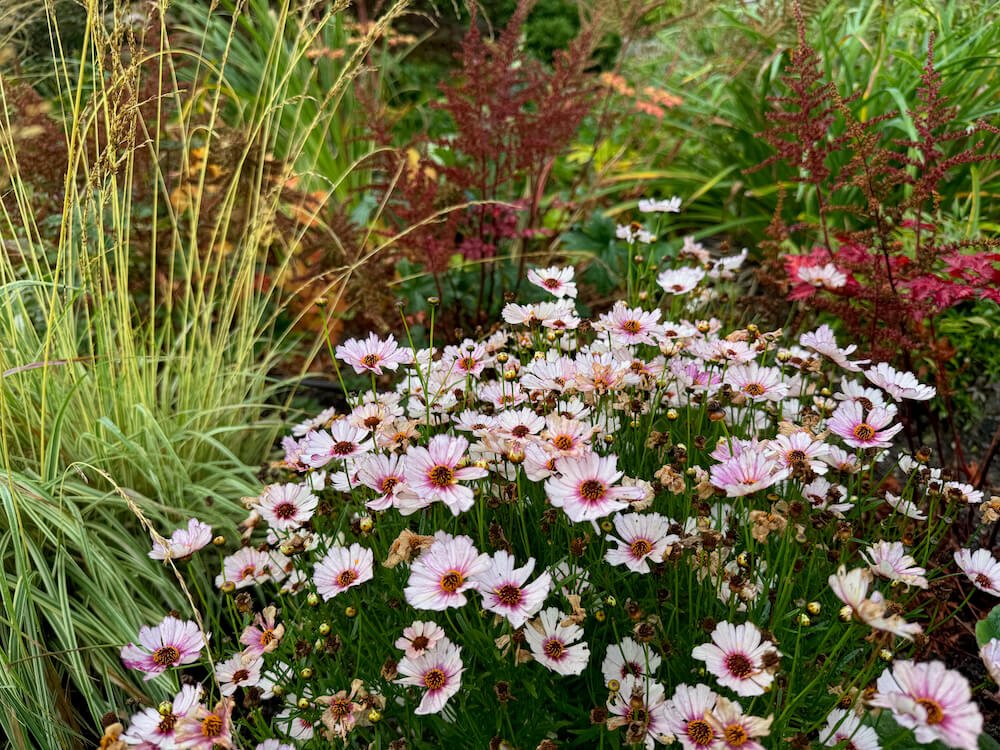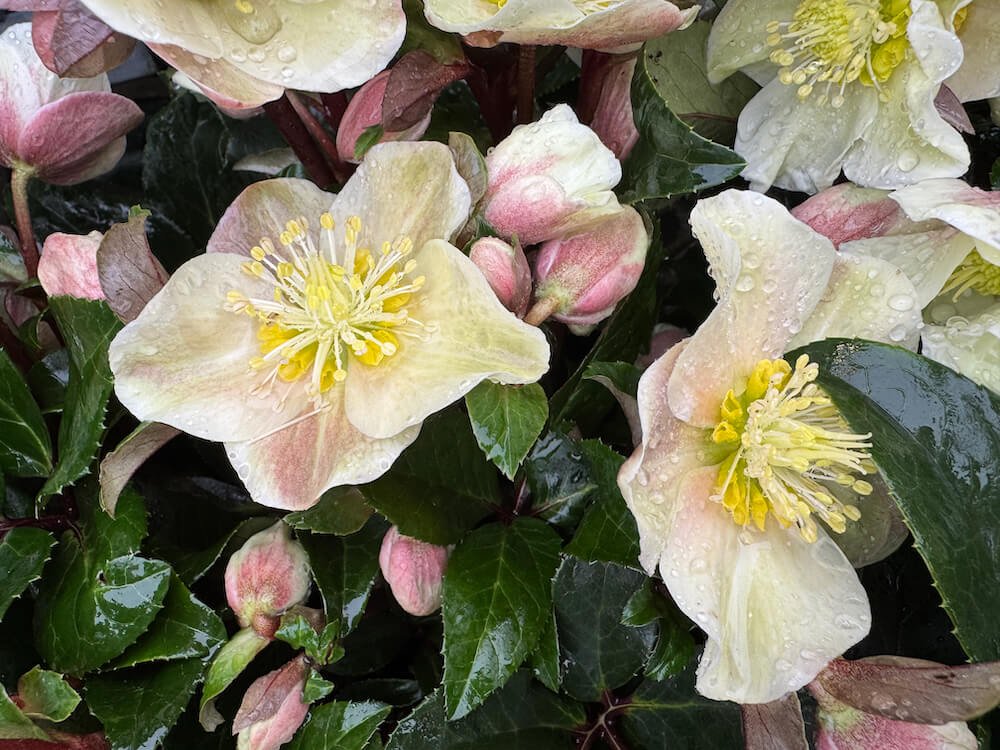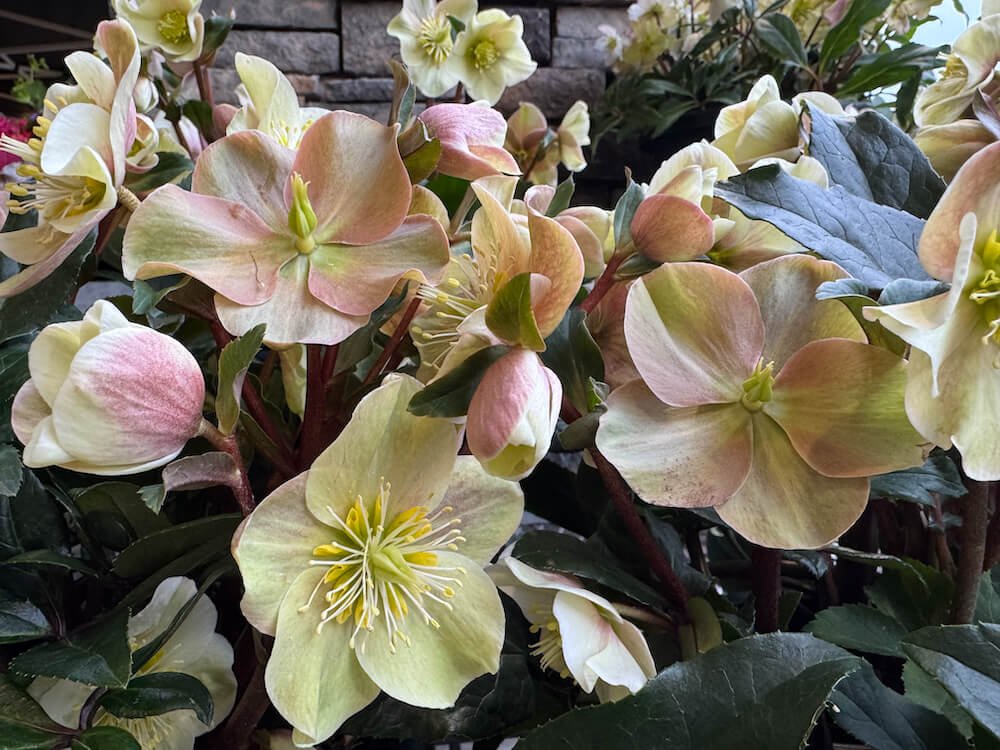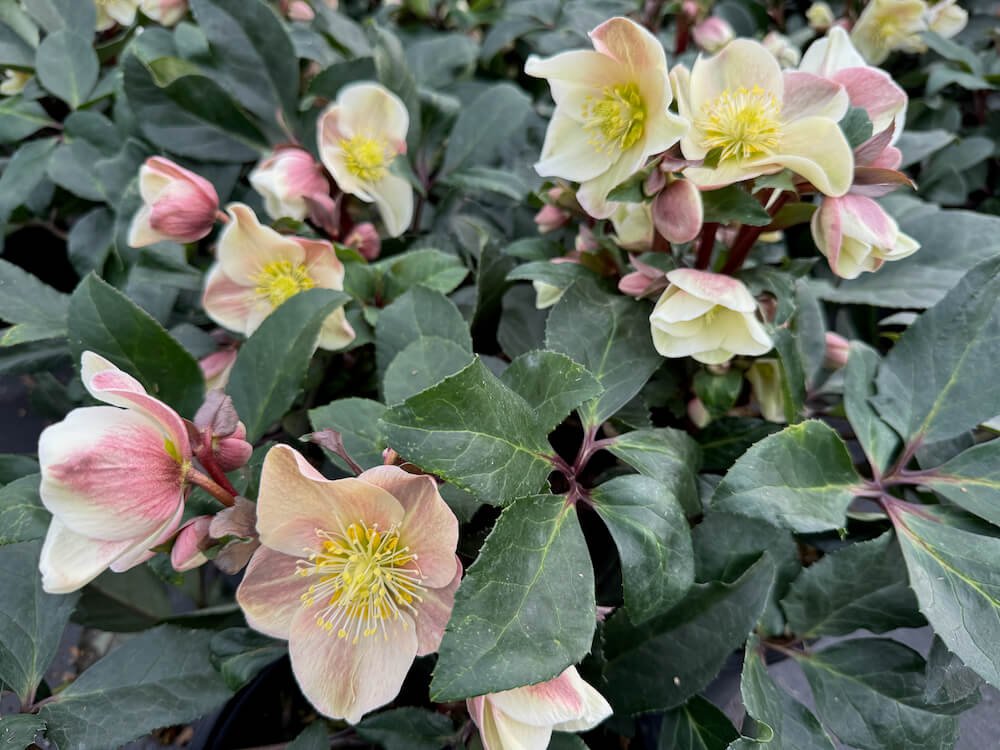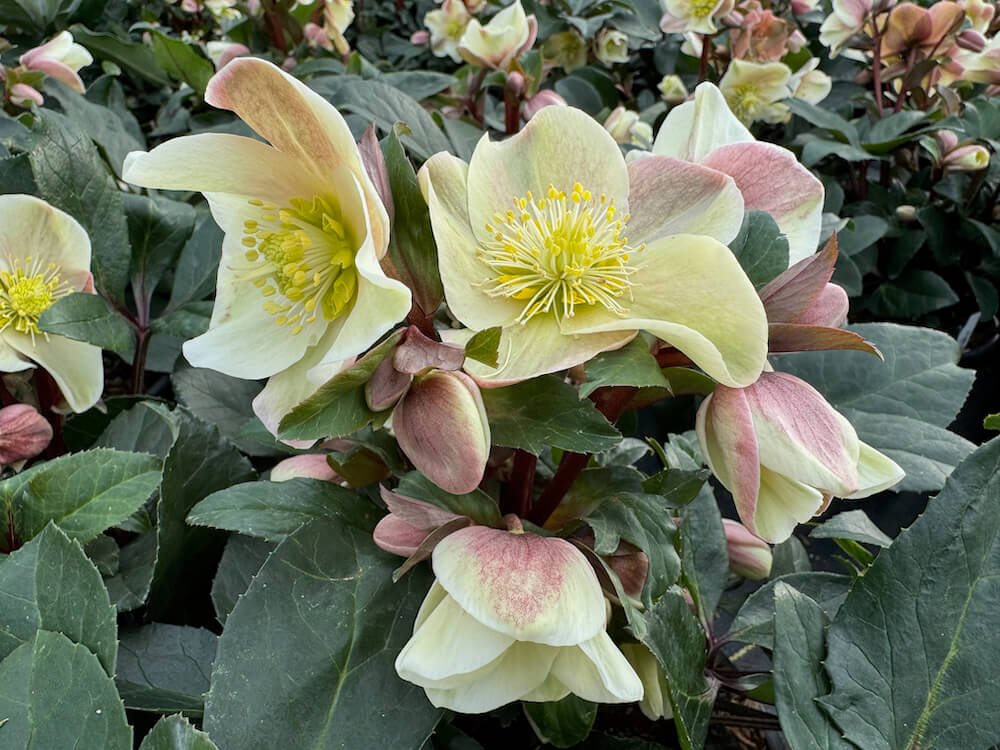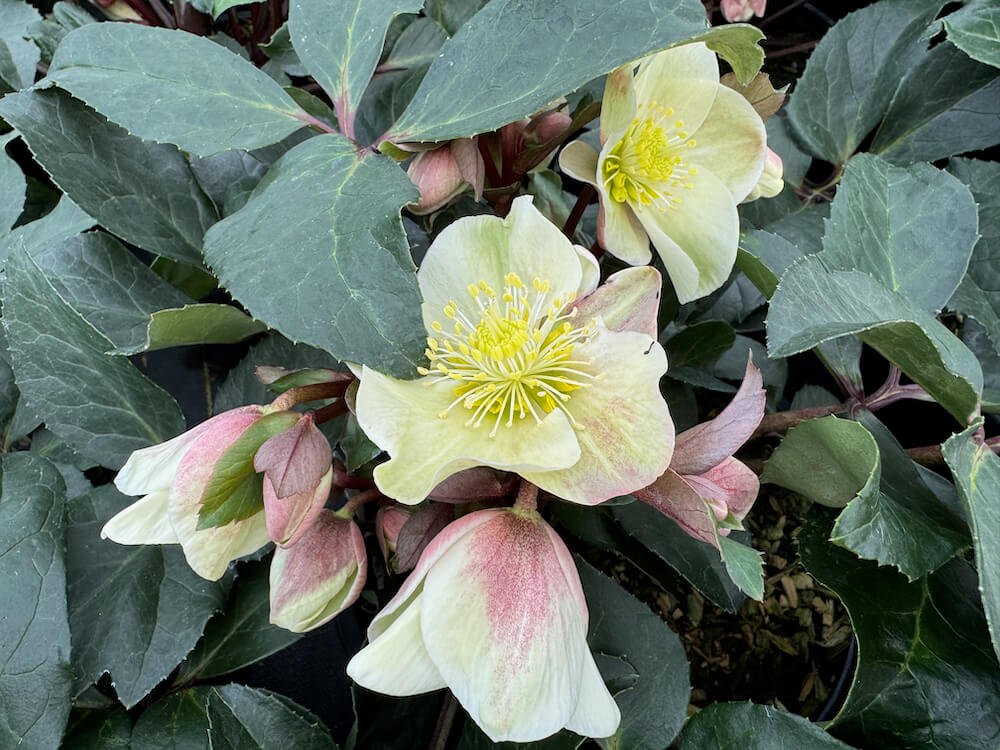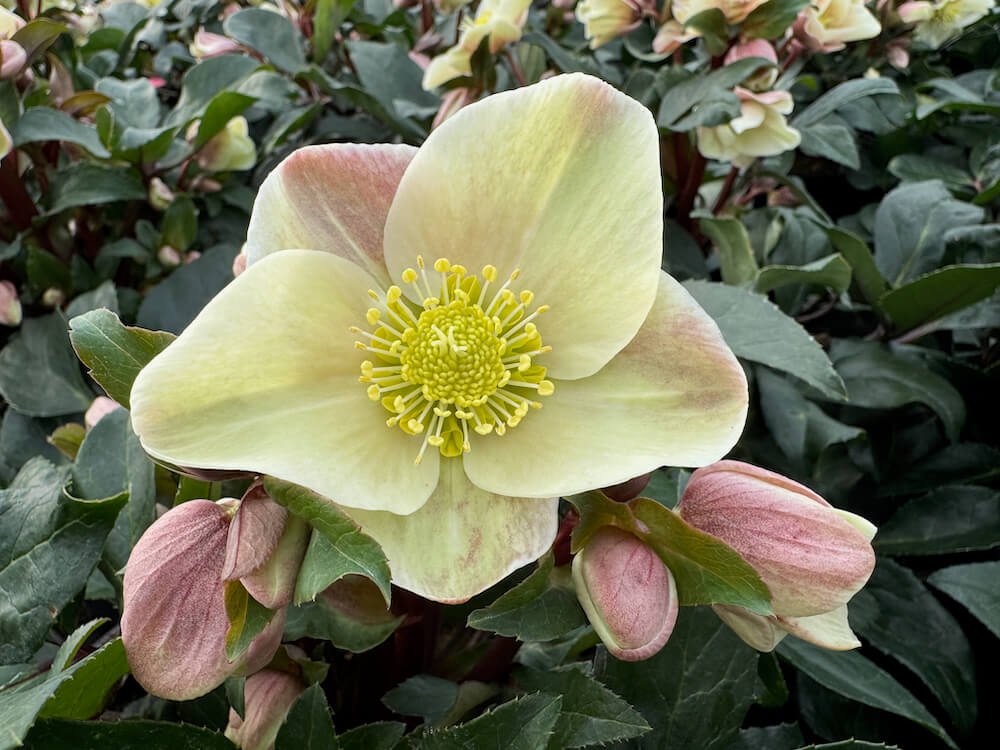DESCRIPTION
Eryngium campestre is a perennial herb native to central and western Europe, North Africa, the Middle East, and the Caucasus region. This plant features erect, highly branched stems accompanied by spiny, deeply lobed leaves. Its flowers, which bloom from late spring to early autumn, are white to pale blue and clustered into compact heads encircled by a whorl of bracts.
Eryngium campestre thrives in dry, open habitats such as roadsides and abandoned fields. The plant is notable for its long roots, allowing it to access water from deeper soil layers. Additionally, it has a symbiotic relationship with the edible mushroom Pleurotus eryngii, commonly known as the king oyster mushroom, which grows on its roots and is highly valued in Mediterranean cuisine.
DESCRIPTION
Eryngium campestre is a perennial herb native to central and western Europe, North Africa, the Middle East, and the Caucasus region. This plant features erect, highly branched stems accompanied by spiny, deeply lobed leaves. Its flowers, which bloom from late spring to early autumn, are white to pale blue and clustered into compact heads encircled by a whorl of bracts.
Eryngium campestre thrives in dry, open habitats such as roadsides and abandoned fields. The plant is notable for its long roots, allowing it to access water from deeper soil layers. Additionally, it has a symbiotic relationship with the edible mushroom Pleurotus eryngii, commonly known as the king oyster mushroom, which grows on its roots and is highly valued in Mediterranean cuisine.

